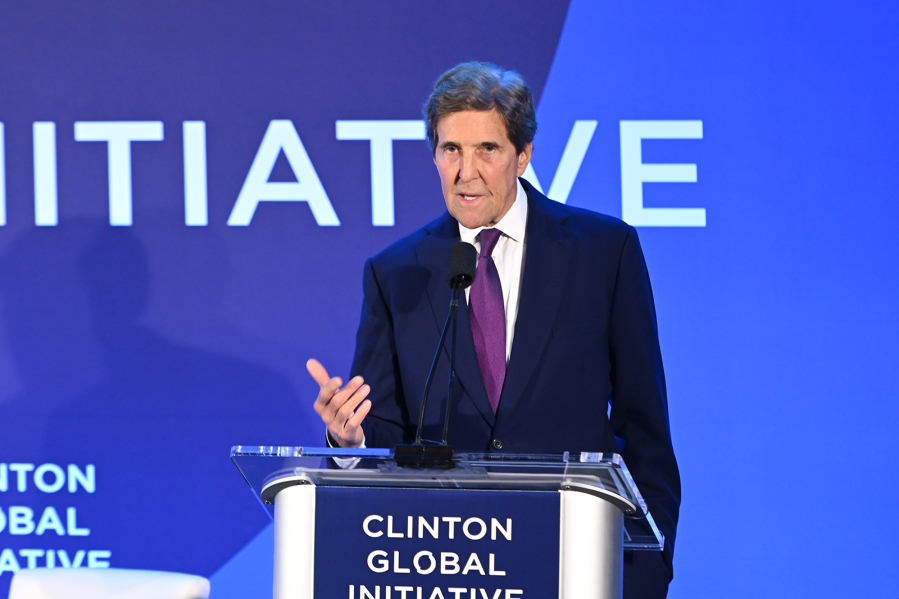A major U.S. government report published today describes how intensifying climate change is disrupting lives and businesses nationwide, even as communities in every state ramp up their response to the crisis.
Over some 2,000 pages, the Fifth National Climate Assessment provides a climate-themed tour of the country, identifying the impacts plaguing every region, how communities are increasingly protecting themselves and how much more action is needed to ensure a safer future. Mandated by Congress and led by the U.S. Global Change Research Program, hundreds of climate experts, from both inside and outside of government, contributed to this assessment. The fifth edition of the report follows the fourth edition, which was published in phases in 2017 and 2018; the first assessment appeared in 2000.
Here are the report’s five main takeaways:
- 1. Climate impacts are here, getting worse and costing a lot of money.
The first sentence of Chapter 1 summarizes the nation’s sobering reality: “The effects of human-caused climate change are already far-reaching and worsening across every region of the United States.” A small taste of what that means: Warming is happening everywhere, and nighttime temperatures are rising faster than daytime temperatures in most places, notably reducing crop yields in the Southeast.
Warming isn’t just playing out on land. Hot oceans are shifting the distribution of certain marine species, pushing some fisheries to the brink of collapse. Minor and moderate coastal flooding is also on the rise along most Atlantic and Gulf coastlines, a combination of rising seas impacting flooding from high tides and big storms. Meanwhile, warmer winters are contributing to declining snowpack levels in the Northwest, affecting water supplies and recreation industries.



